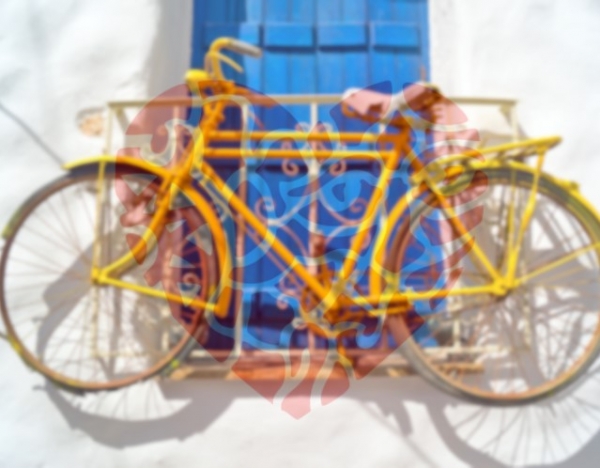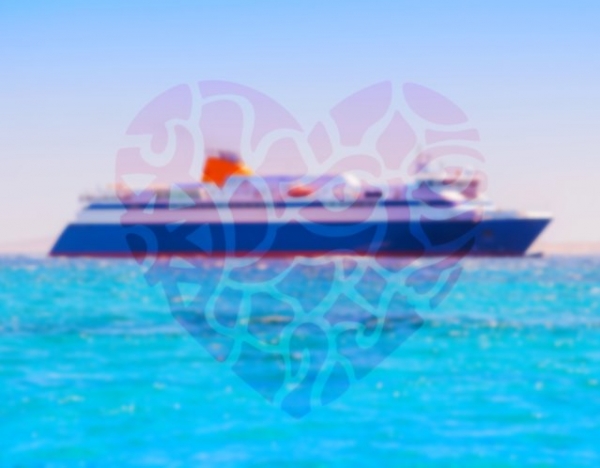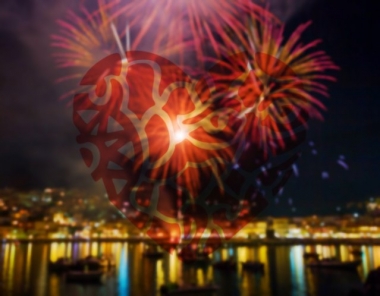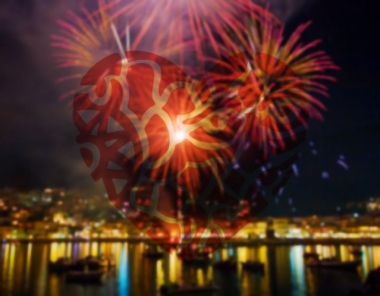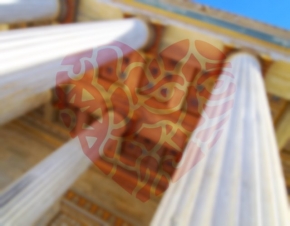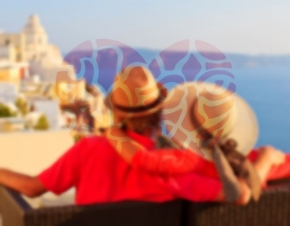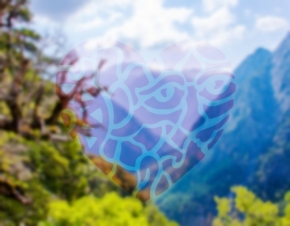For your transportation in Leipsoi you can use your own vehicle, bus or one of the taxis. Luckily, the distances are short enough so that you can walk, while boats starting from and to the port will take you round the island, even to the most inaccessible beaches (which usually are the best).
Leipsoi are connected by ferry to the port of Piraeus, but also with a number of nearby islands such as Rhodes, Kalymnos, Patmos, Leros and Kos.
The Folklore Museum of Kimolos is in the Castle of Kimolos.
Manolis Christoulakis inspired this creation, aiming to collect, retain and present the cultural heritage of Kimolos.
Upon visiting the two-storey building of the Folklore Museum of Kimolos, you will admire:
• Traditional wooden furniture
• Weaving, embroidery and other folk art objects
• Agricultural tools
• Shoemaker tools
• Several utensils(plates, glasses, vases etc)
• Unit dedicated to Kimolos' marine tradition
• Paintings and old photographs
There is no doubt that a visit to the Folklore Museum of Kimolos will give you a clear image of how life in Kimolos used to be.
The Archaeological Museum of Kimolos is in Chorio on Kimolos island.
The museum is housed in a two-storey building in the traditional village, hosting findings from excavations in the cemetery of the ancient city of Kimolos and other parts of the island.
The exhibits in the Archaeological Museum of Kimolos date from the prehistoric to the Roman times and among them you will see:
• Stone tools
• Pottery
• A marble crater
• Marble figurines
• A column depicting a woman
• Numerous burial findings (pottery, sculptures, metal objects, etc.)
All exhibits are accompanied by maps and photographs of the discovery site, and explanatory signs so that the visitor can have a more complete image of the ancient Kimolos.
If you're spending your holidays in Karystos, it is definitely worth-visiting the Archaeological museum of Karystos! More information about the Archaeological Museum of Karystos can be found in the number 22870 51719.
The Castle of Kimolos is situated in Chorio.
This Castle was the initial fortified settlement, around which today's Chorio developed. It was constructed in the venetian era, so as to protect the island's residents from the frequent and destructive pirate raids.
The Kimolos Castle consists of two concentric housing complexes, with one (called "Mesa Kastro" = "Inner Castle") being within the other ( Ekso kastro = "Outer Castle"). The houses had two floors and they were closely built, with their external walls being also defensive walls for the whole village. The inner castle (Mesa Kastro) is deserted, while the outer castle (Eksw Kastro) still has many houses and two gates. Actually, the Folklore Museum of Kimolos is right next to one of them. Extra tip: If you want to guess how old a house in Chorio is, you just have to take a look at how close to the center of the Castle this is. Usually, the closer to the Castle, the older the house. As you wander around Chorio, it is inevitable not catch a glimpse of the Castle, since Chorio is really the Castle.
Gerakias Cave is in the northern part of Kimolos island.
This Cave is in the namesake cape and you can either reach it with your own boat or with a water taxi, as long as weather is good. Swimming in these turquoise waters and exploring the cave is a once-in-a lifetime experience worth living!

